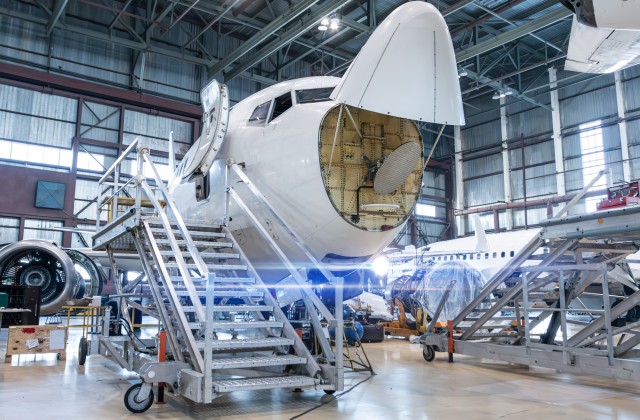
With roadmaps to net-zero emissions underway in the West, Japan pledging to become carbon neutral by 2050 and China by 2060, pressure to meet the Paris Agreement on climate change is mounting around the world. Investing in a sustainable supply chain is no longer an option or afterthought with carbon net-zero initiatives and zero-waste business models on the minds of massive corporations, governments, politicians and their constituents.
Once thought of as an either/or conundrum, going green and making money are no longer mutually exclusive. According to IFA Magazine, profit and purpose go hand in hand: “What is becoming increasingly clear is that investment solutions which address broader societal and environmental challenges have the greatest market demand in the long term.”
But the perfect plan for profitable sustainability shouldn’t be your goal; rather, making small, calculated steps toward a supply chain that benefits people, profits and the planet should be.
There’s more green for companies that go green
It’s not only business leaders who are hot on the path to a more sustainable business model. These days, investors are on the lookout for companies who value environmentally friendly practices, too. Sustainable investing, or impact investing, is on the rise as venture capitalists and investors wake up to the long-term value of going green.
According to a report featured in The Guardian, “Corporations that are actively managing and planning for climate change secure an 18 percent higher return on investment (ROI) than companies that aren’t — and 67 percent higher than companies who refuse to disclose their emissions.” So if we know that sustainability can positively impact revenue, where should supply chain leaders start?
A sustainability goal without a plan is just a wish
Building and maintaining a sustainable supply chain that benefits profits and the planet may seem daunting — especially if you have suppliers and operations that span the globe. So what’s the first step on the journey to going green?
Data, which is ironically now more valuable than oil, is the key. If you aren’t collecting, analyzing and setting goals based on real-time data from your supply chain, your carbon footprint could be much larger and more difficult to control than you know.
For example, a recent survey by Kinaxis revealed that only half of respondents had defined sustainability goals, and more than 85 percent of survey respondents didn’t have full visibility into their truckload capacity and efficiency. Imagine sending freighters, trucks, ships and planes around the world only half-full of cargo.
In addition to massive inefficiencies and hits to your revenue, the potential PR nightmare, loss of environmentally-savvy customers, contribution to the carbon footprint and negative brand sentiment could cause your business to suffer greatly. But, with solutions like the Kinaxis Truckload Optimizer by 4flow, a connected RapidResponse application that gives customers an accurate view of their rail, ocean, air and truck load transportation data, customers can reduce freight spend, increase truck capacity utilization and subsequently reduce CO2 emissions.
The same can be said for recycling planning. If the circular economy — an industrial system that’s restorative by design — is the end game, supply chains must be designed from the ground up to reuse and recycle materials from end to end. Kinaxis Recycling End-to-End Planning powered by OCYO is helping customers do just that, with solutions to plan and monitor recycling flows of incoming and outgoing products — internally and across the partner network — to maximize the recapture of recyclable materials.
Don’t let the perfect be the enemy of the good
It goes without saying that these kinds of real-time insights and foundational principles of manufacturing don’t happen overnight. Building a more sustainable supply chain requires a long-term plan (think years or even decades) based on strategic investments, a culture of innovation and a true vision for a more sustainable future.
“When you don’t have a vision you’re grasping in the dark,” said author and Kinexions '20 keynote speaker Simon Sinek. It’s time to make a plan. Use advanced supply chain planning software to parse and analyze data in real time and start making responsible decisions that have a positive impact on people, profits and the planet. Remember to focus on progress — not perfection.





